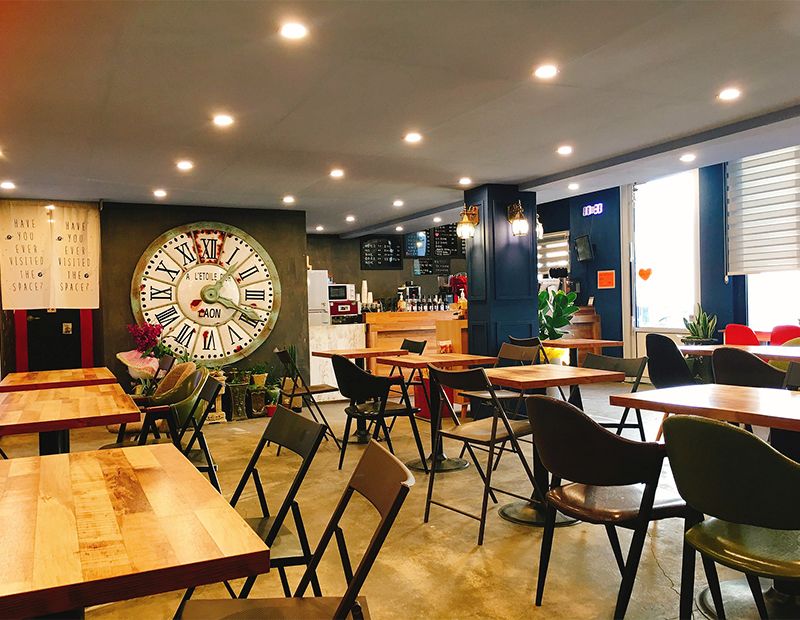6 Predictions for Coworking in 2020
JLL’s Scott Homa offers insights into how the explosive flexible workspace model will settle into the new year.
After coworking took the real estate industry by storm in the last few years, people are left wondering what the years following the sudden boom will look like. While WeWork accounts for nearly half of the flex office space in major U.S. markets, the company’s appetite for office space has slowed down and other companies have gained momentum.
READ ALSO: WeWork Taps Brookfield’s Mathrani as CEO
With so many changes in the developing market, JLL’s Senior Director for Office Research Scott Homa broke down six predictions for how the coworking world will develop in 2020.
According to JLL’s predictions, the coworking market will trend toward smaller lease sizes, with most deals being for a single floor or less. The evidence for this trend is shown in the last quarter of 2019, where the average coworking transaction size declined by 38 percent. This downturn was largely attributed to WeWork’s leasing velocity slowing down, but also smaller companies finding more traction in the marketplace with leases averaging 21,153 square feet.
Similar to their first prediction, JLL expects other companies besides the dominant WeWork to fill in the gaps. While WeWork saw no leases in the U.S. in the fourth quarter of 2019, other venture-funded groups and franchise models like Industrious, Knotel, Convene, Venture X and Serendipity Labs, continued to expand. Recently, CommonGrounds Workplace opened its second Texas coworking location in Houston’s Greenway Plaza.
As for the financial viability of coworking, JLL predicts that many companies will pivot back toward Class B and C properties in 2020. In previous years, many coworking companies were chasing a trophy or Class A glass-and-steel building to attract tenants with high-quality stock. But as companies look toward conserving costs and hitting profitability, JLL predicts that they’ll shift back toward leasing more Class B and C offices or repurposed warehouses.
The changing definition of coworking
JLL is also expecting shifts in how the flexible workspace model functions in 2020. While traditional models have coworking companies acting as a middleman in securing a tenant lease for a landlord, other avenues have caught on. According to JLL, large landlords are already creating their take on coworking. These include Tishman Speyer, which is creating Studio, as well as Boston Properties with Flex by BXP, and many more. Other companies are looking to reach landlords by offering a management agreement that’s more akin to retail or hotel setups.
However, there is still value in the temporary and flexible leases that the traditional coworking model offers. JLL expects that coworking leases are more likely to evolve into longer-term traditional leases in 2020. For MakeOffices, a subsidiary of the DC-based MRP Realty, small companies seeking space began with coworking leases, but eventually upped their needs to 60,000-square-foot leases with an average weighted lease term of 84 months. Specifically, the media company Axios started with six coworking desks and within 18 months eventually graduated to a 15,000-square-foot lease for an entire floor for 10 years.
Lastly, JLL expects more demand for flexible workspaces from large companies in 2020. While coworking is usually associated with freelancers, startups or smaller businesses, JLL noted that 40 percent of the revenue in the coworking world came from large companies because of their need for fast and flexible leases. JLL predicts that corporate demand will grow significantly, as many major companies like Starbucks, Microsoft, Facebook and Bank of America are already taking out coworking spaces.
While the coworking market has seen trends throughout its relatively short lifespan, Homa concluded that the flexible workspace model has left a permanent impression on the office market, as well as on tenant expectations.








You must be logged in to post a comment.